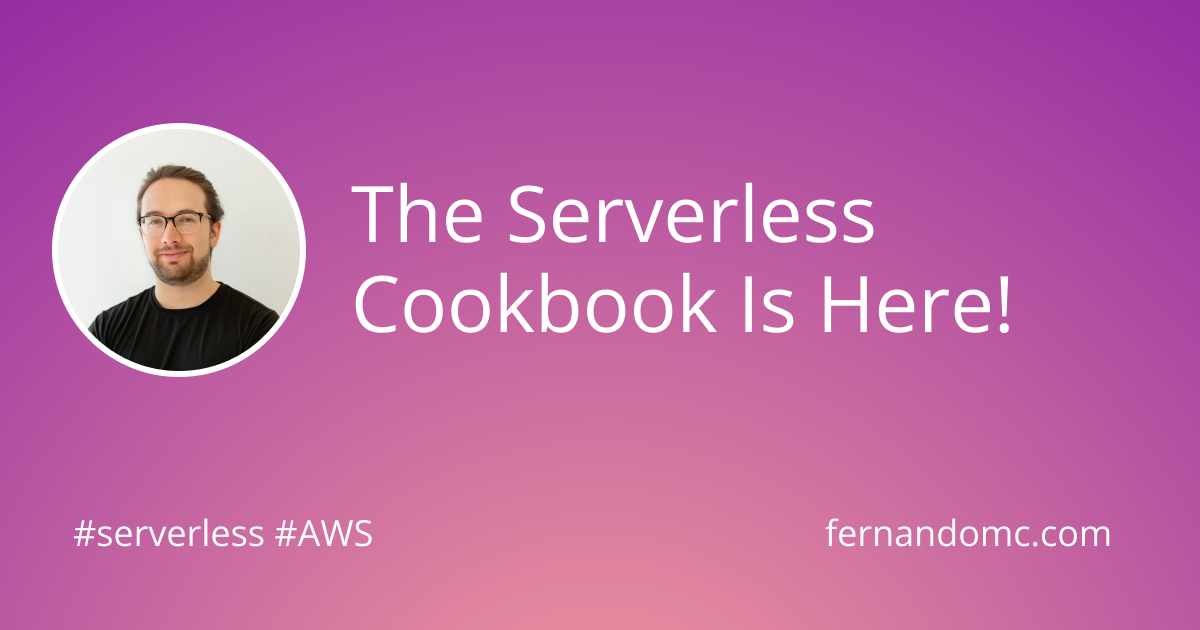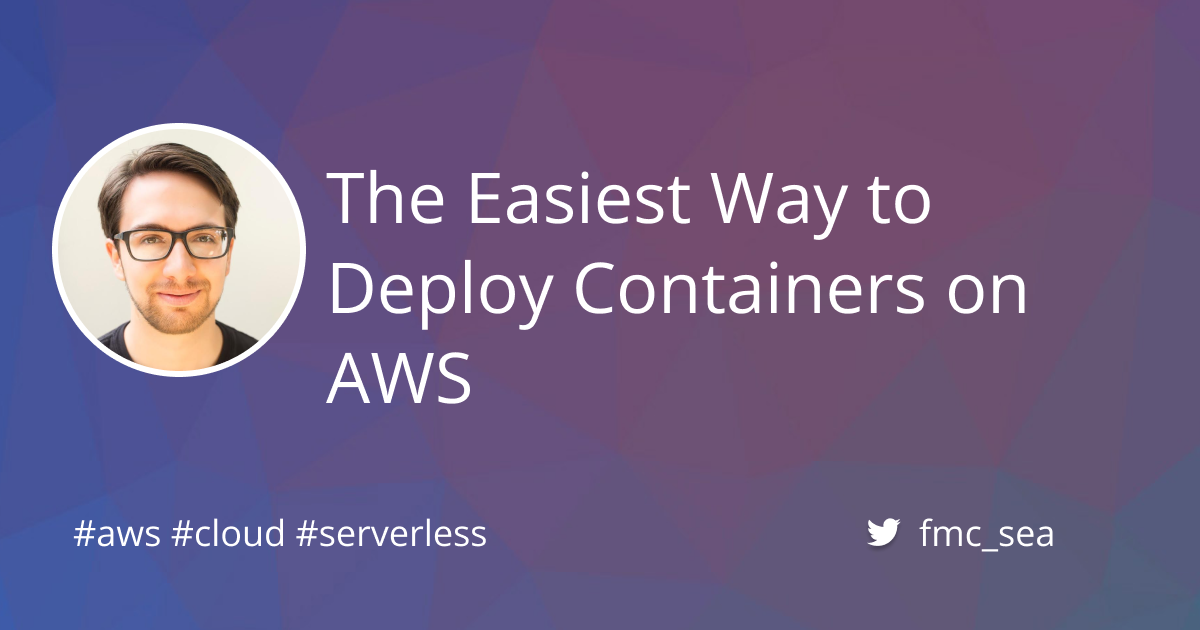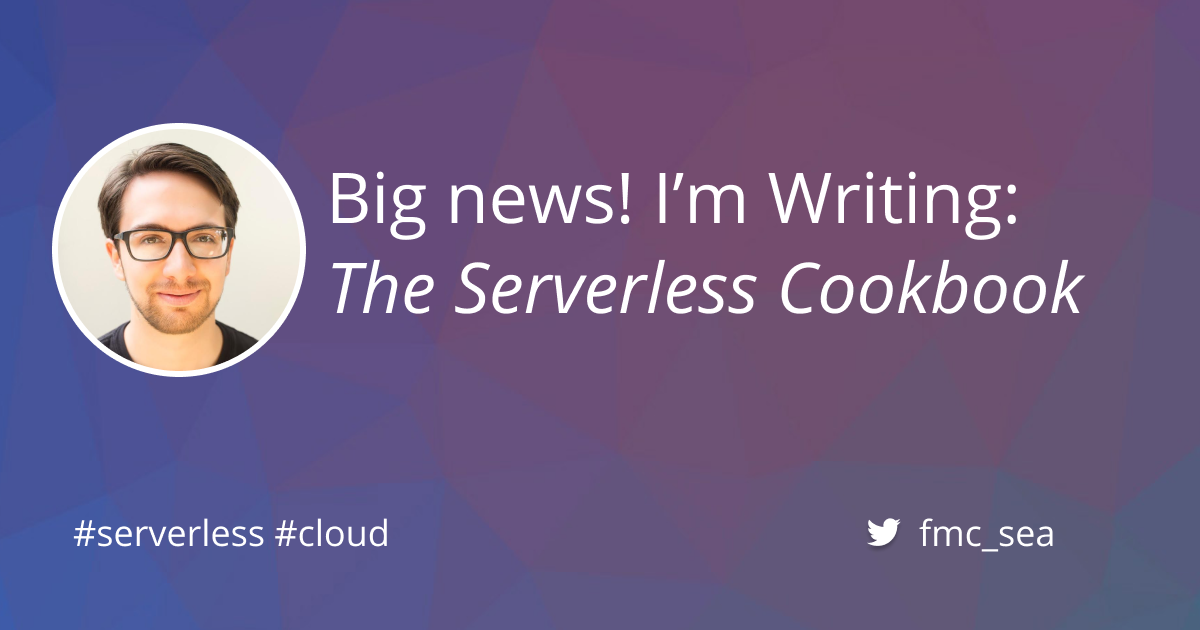Back in 2021 I started writing The Serverless Cookbook. I am thrilled to say that I have finished the first edition of the book and it is now available here!
The Easiest Way to Deploy Containers on AWS
Yes. This is clickbait. But I mean it!
I’ve spent weeks trying to configure ECS clusters, debugging Fargate, spinning up and debugging EKS cluster permissions, and even trying to deploy containers on EC2 instances and hopefully never will again!
Fortunately, AWS has an option that actually implements the full “serverless” ethos and doesn’t make me dig into as many of the dirty details as I’ve had to before: AWS App Runner. In this post I’ll show you how to throw together a simple AWS App Runner API that will help you get around any of the AWS Lambda limitations. I’ll do this with Node.js but you can easily use other languages.
I'm Writing: The Serverless Cookbook
I have some exciting news: I’m writing a book on serverless development!
Creating a Surveys API with the AWS HTTP API and Node.js
As project fourteen of my Twenty Projects in Twenty Days series I’ll show you how to create an AWS HTTP API with Node.js. We’ll design it around the same serverless survey service that I’ve previously shown using Express.js and using Flask. It’ll be used to track three entities - customers, customer surveys, and survey responses. Let’s get started!
Creating a User Profile Service with AWS HTTP APIs and Amazon Cognito
Yesterday, I wrote a post on creating a Cognito Authorizer for an AWS HTTP API. But I didn’t do much with the Lambda functions themselves! In this post, I’ll expand the previous post and show you how to get an entire user profile service up and running with the same architecture using Python or Node.js. Let’s get started!




